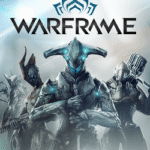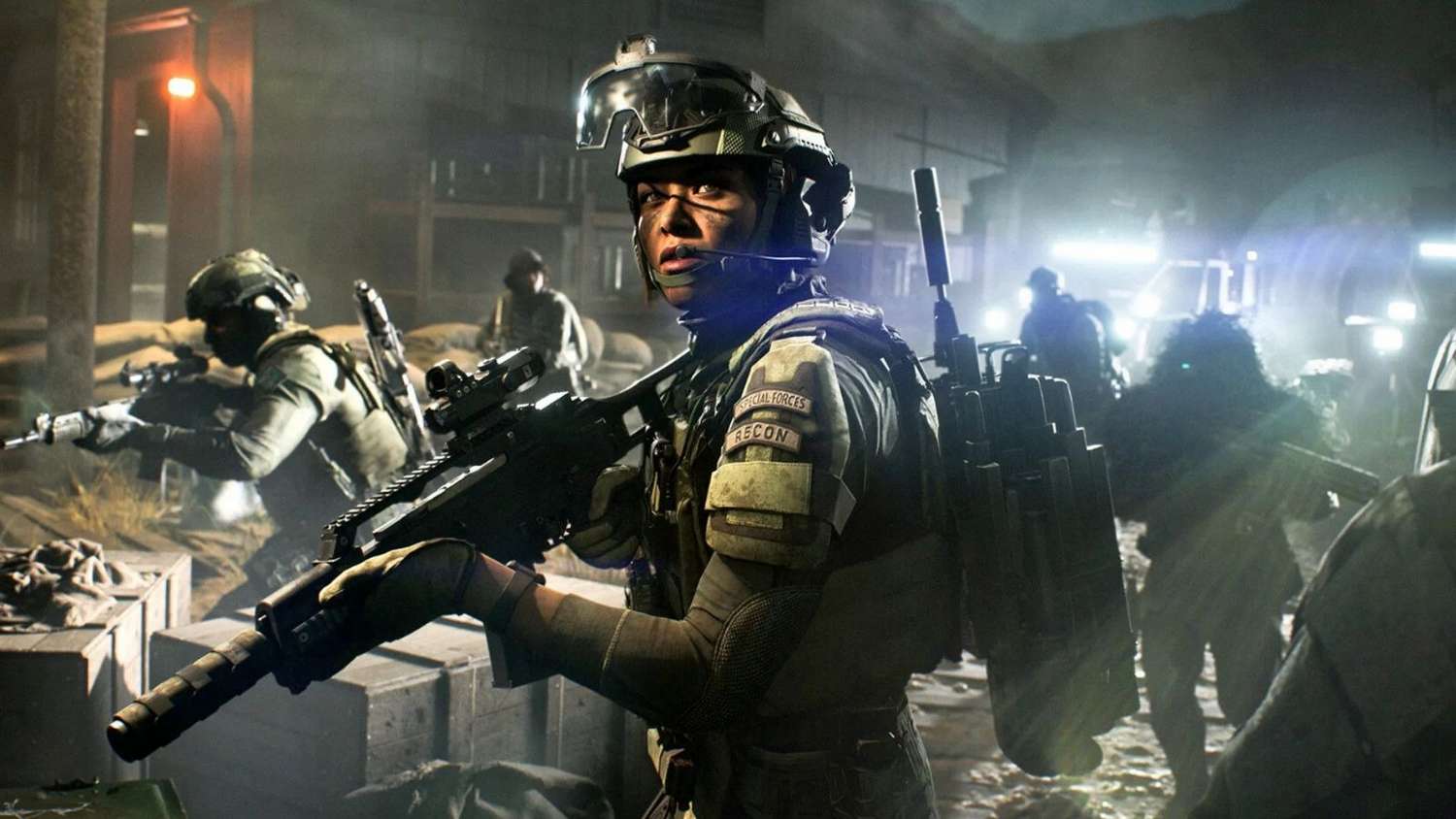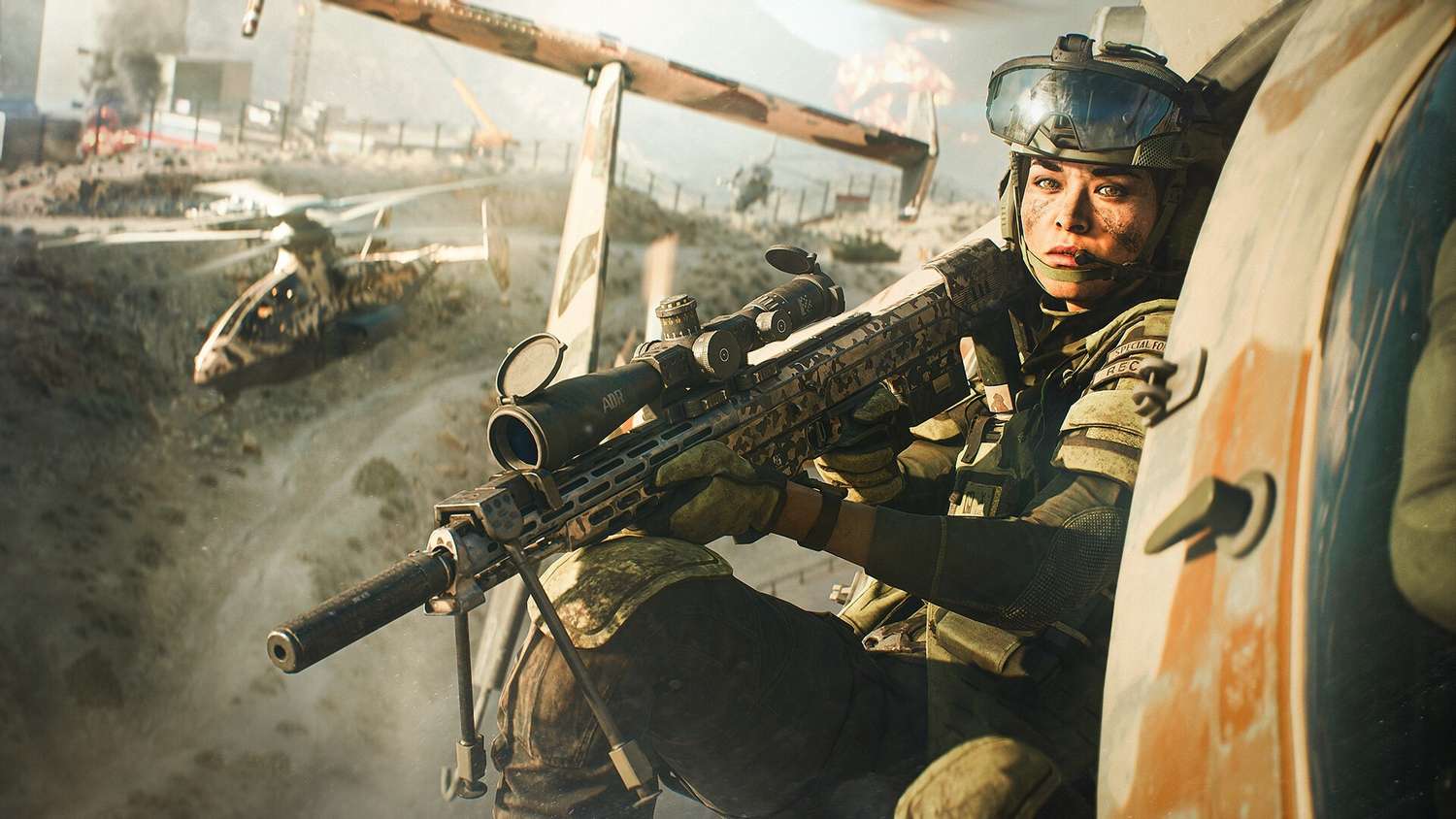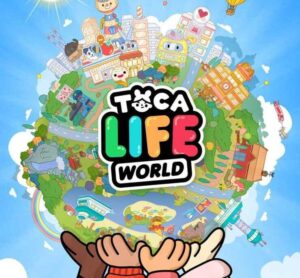Unexpected Victory: Why More Battlefield 6 Players Finished the Campaign Than Industry Trends Suggested
Popular Now
 Warframe
Warframe
 PUBG Mobile
PUBG Mobile
 Garena Free Fire: Kalahari
Garena Free Fire: Kalahari
 Toca Boca World
Toca Boca World
 EA SPORT FC 25
EA SPORT FC 25
 Genshin Impact
Genshin Impact
 FIFA 23
FIFA 23
 Black Myth: Wukong
Black Myth: Wukong
 Fall Guys
Fall Guys
 Sonic the Hedgehog™ Classic
Sonic the Hedgehog™ Classic
 REDWOOD CITY, CA – In a surprising turn for the First-Person Shooter (FPS) genre, recent data suggests that the single-player campaign for Battlefield 6 has achieved a completion rate significantly higher than previously observed in the franchise and across the Gaming Industry at large. While the Battlefield series has historically been synonymous with its large-scale multiplayer chaos, this unexpected player engagement with the narrative mode signals a potential shift in player priorities and a vindication of the developers’ decision to reintroduce a dedicated campaign after Battlefield 2042 famously skipped the feature.
REDWOOD CITY, CA – In a surprising turn for the First-Person Shooter (FPS) genre, recent data suggests that the single-player campaign for Battlefield 6 has achieved a completion rate significantly higher than previously observed in the franchise and across the Gaming Industry at large. While the Battlefield series has historically been synonymous with its large-scale multiplayer chaos, this unexpected player engagement with the narrative mode signals a potential shift in player priorities and a vindication of the developers’ decision to reintroduce a dedicated campaign after Battlefield 2042 famously skipped the feature.
The latest figures, compiled from internal telemetry and corroborated by third-party achievement tracking platforms, indicate that approximately 38% of all players who launched the campaign have successfully reached the final mission and witnessed the conclusion of the ‘Rogue Ops’ storyline. This percentage stands in stark contrast to the typically low completion rates—often hovering between 10% and 25% for comparable titles, including historical data points from previous Battlefield titles like Bad Company 2.
The Campaign Conundrum: A History of Skewed Player Metrics
For decades, the single-player portion of competitive FPS titles has been relegated to a secondary, often experimental role. The primary investment for publishers, reflected in the astronomical budgets and resource allocation, has consistently centered on the lucrative, long-term ecosystem of multiplayer, live services, and Battle Passes. This focus has historically led to campaigns being shorter, less polished, or entirely absent, as seen in Battlefield 2042.
StrongGaming Industry analysts often cite low campaign completion as proof that players overwhelmingly prioritize multiplayer. However, the performance of the Battlefield 6 Review consensus and player reception to the campaign offers a more nuanced perspective. Despite initial mixed reviews (some publications rating it as ‘mediocre’ or ‘a misfire’) which focused on its relatively short length (estimated at 7-10 hours), the story’s tightly structured, globe-trotting nature and the narrative focus on individual “No-Pat” specialists resonated with a core segment of the audience.
- The average completion rate for premium gaming experience campaigns in the last console generation typically fell below 30%.
- A dedicated and compelling narrative, even a brief one, can attract a high-CPC audience segment willing to pay a premium for a complete package.
- The current data challenges the notion that most players are exclusively focused on the Next-Gen Console and PC Gaming multiplayer experience.
 Unpacking the ‘Rogue Ops’ Success: Design Decisions and Market Timing
Unpacking the ‘Rogue Ops’ Success: Design Decisions and Market Timing
The developers behind Battlefield 6 faced the unenviable task of satisfying a fanbase clamoring for the return of a traditional single-player experience while simultaneously innovating in multiplayer. The “Rogue Ops” campaign, which features nine distinct missions and serves as a direct narrative bridge to the game’s live-service seasons, appears to have struck a functional balance. It successfully integrated core multiplayer mechanics and gadgets into a narrative context, arguably making the single-player mode feel less like an afterthought and more like a high-stakes training ground.
StrongThe developers specifically designed the campaign to serve multiple purposes: a foundational narrative, an introduction to the unique Specialists and their abilities, and a pathway to earn exclusive in-game cosmetics and XP—factors that undeniably boosted engagement. StrongThe structured, shorter format, which contrasts with sprawling, open-world narratives, may also have contributed to the higher completion rate, appealing to players seeking a satisfying, finite video game sales purchase.
The key factors driving the unexpected completion rate include:
- Cross-Promotion: The campaign’s rewards, such as weapon camos and Specialist skins, are usable in the multiplayer mode, offering a tangible incentive for completion.
- Pacing and Length: The concise, mission-based structure provided a clear, achievable goal for casual players who might be intimidated by the commitment required for an extended multiplayer grind.
- Narrative Relevance: The story directly set up the conflict and the political landscape of the ongoing live-service multiplayer environment, making it essential lore for dedicated community members.
This success story should serve as a wake-up call for the Gaming Industry. Ignoring the single-player audience for a premium gaming experience in favor of purely multiplayer content carries significant risk. The decision to invest in a polished campaign, even a short one, has contributed to a more positive overall perception of the Battlefield 6 Review scores and has likely reinforced strong video game sales by attracting players who demand a complete, triple-A product.
The High-CPC Impact: Investor Confidence and Future Development
From a commercial and investor standpoint, the high engagement rate with the campaign is critical. Keywords related to Next-Gen Console performance, PC Gaming benchmarks, and premium gaming experience purchases carry high Cost Per Click (CPC) value, reflecting advertiser interest in a dedicated, high-value player base. The fact that players are spending time in all facets of the game, not just the free-to-play elements of its live service model, validates the initial $70 price point and supports the continued investment in high-fidelity single-player content.
Future trends in the Gaming Industry are likely to lean on this data. Publishers are continuously seeking metrics that justify the cost of development for AAA titles on Next-Gen Console hardware. A high campaign completion rate is a powerful metric that transcends simple video game sales numbers; it indicates quality content and customer satisfaction, which are crucial for maintaining long-term community loyalty—a fundamental pillar of successful live-service games.
 The developers are reportedly using player feedback and this completion data to inform the narrative direction of upcoming live-service seasons, further integrating the campaign’s events into the ongoing multiplayer lore. This unified approach, where the campaign is not a mere add-on but an essential prologue, is a strong indicator of the franchise’s evolving design philosophy. The market’s embrace of this balanced approach confirms that the demand for a compelling, complete narrative experience remains a vital component of the FPS landscape.
The developers are reportedly using player feedback and this completion data to inform the narrative direction of upcoming live-service seasons, further integrating the campaign’s events into the ongoing multiplayer lore. This unified approach, where the campaign is not a mere add-on but an essential prologue, is a strong indicator of the franchise’s evolving design philosophy. The market’s embrace of this balanced approach confirms that the demand for a compelling, complete narrative experience remains a vital component of the FPS landscape.







